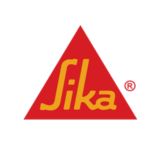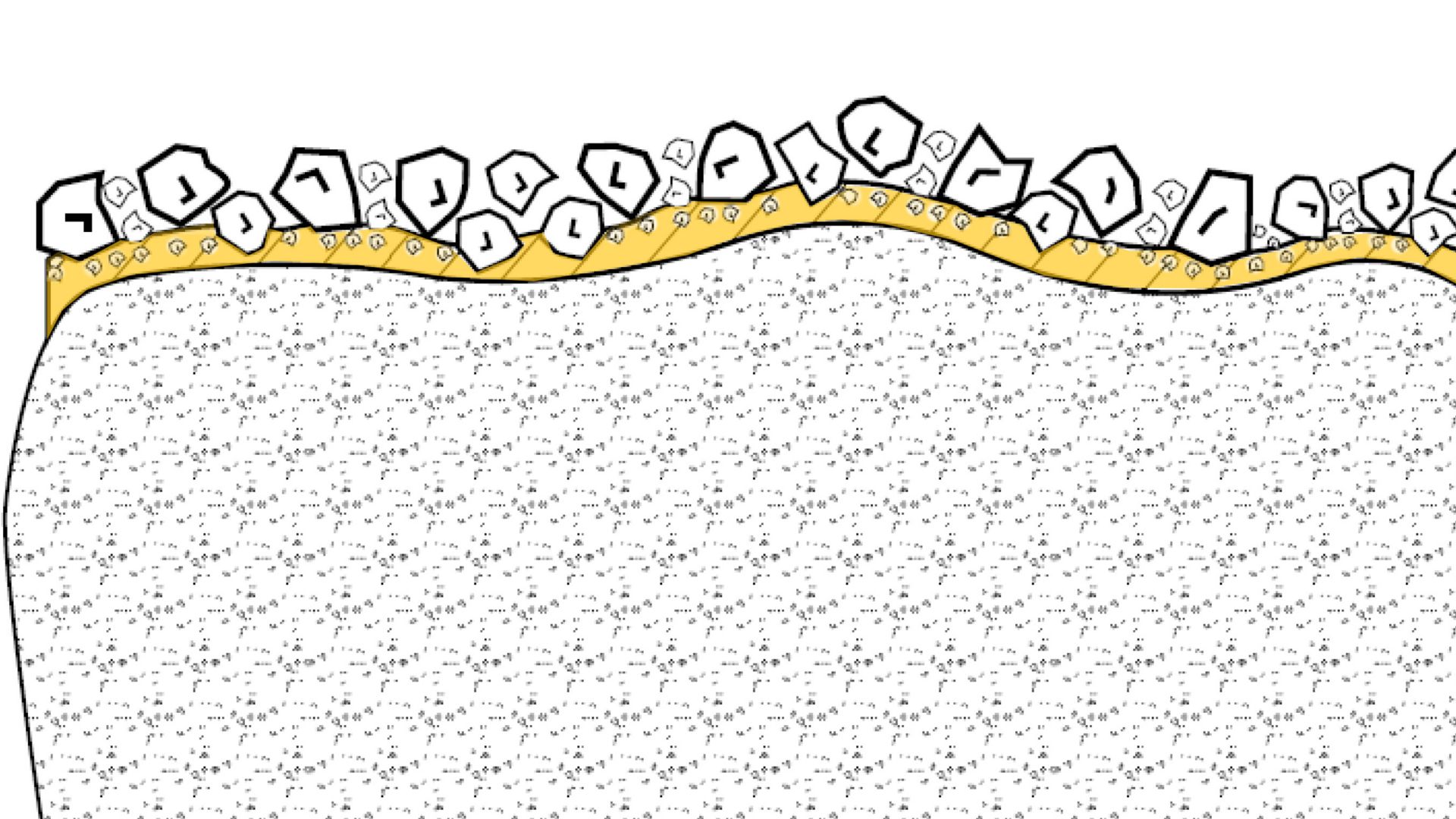SLURRY TECHNIQUE
One of the key properties necessary to ensure long-lasting masonry work is the adhesion orbond between the mortar and the structural unit. This bond must reinforce the structural properties of the unit while preventing the entry of rainwater. This requires a comprehensive adhesion. If that is achieved, the wall will be sufficiently strong to stand up to surrounding conditions.*As highlighted in the Canadian standard on mortar and grout, there must be not only adequate resistance but lasting adhesion as well.**
Adhesion or bond quality is affected by various constraints and factors. Among these is the absorption rate of masonry units. Adhesion is only possible when a masonry unit absorbs some of the water found in the mortar. The principle is simple: as it absorbs water, the masonry unit also takes in fine particles from the mixture, which have the effect of forming a solid bond.
The phenomenon is easier to understand if we imagine each sand speck in the mortar as constituting a direct link that has not been able to adequately bond with the masonry unit (Fig. 1).
For some masonry units, the absorption rate is so low that few or no fine particles are absorbed. Masons have traditionally tended to add more water to the mix, in an effort to counter this lack of absorption by the masonry units. This has the unfortunate effect of further decreasing the mortar’s ability to be manipulated, making it harder still to achieve a comprehensive and lasting adhesion.
Granite Stones
Granite stones are considered to be amongst the surfaces or walls with the lowest absorption rates. When working with a unit that has a low absorption rate, techniques must be adopted to favour the creation of a comprehensive and lasting adhesion. The slurry technique is often used to improve adhesion and make up for the unit’s original lack of absorption. This technique calls for thinning pure Portland Cement (GU type) with water to obtain a consistency that is slightly less watery than grout. This mixture, called slurry, can be directly applied to the stones using a brush or trowel.
By applying a slurry mixture to the entire stone surface, comprehensive adhesion can be achieved. Because Portland Cement contains less air than mortar, the contact surface between the cement and stone is of greater dimension. A slurry that is at least 1/8” thick, allows the sand specks in the mortar to connect with the binding material rather than directly with the stone. This has the effect of decreasing the number of contact points between the sand and the unit (Fig. 2). The sand specks are thus tightly bonded to the slurry, which increases the resistance of the adhesion.
SLURRY TECHNIQUE
■ Mix Portland Cement (GU type) and water.
■ Apply the resulting slurry to all surfaces that will be in contact with the mortar.
■ Let the slurry dry slightly before you apply the mortar. Once the slurry has lost its shine (but is still sticky) the mortar can be applied
■ Make sure the slurry does not dry completely, as this will require you to start over.
■ *CBD-163-F, Mortiers pour maçonnerie (Masonry mortars), NRC-IRC publication, 1975
■ **CAN/CSA-A179-14, Mortar and grout for unit masonry, p.41.

